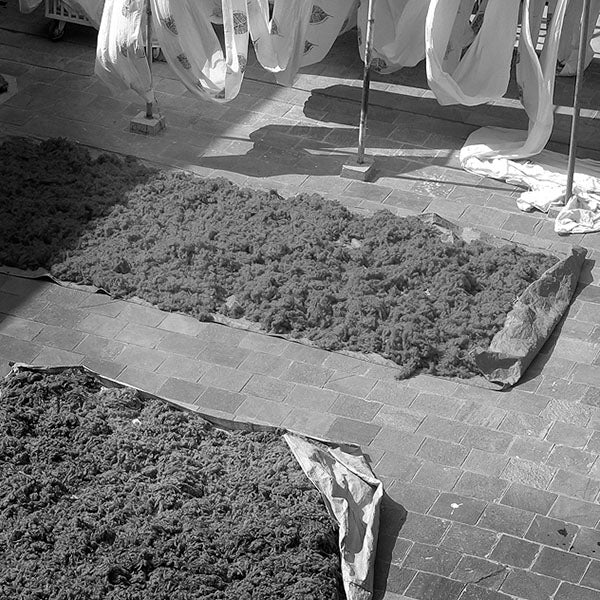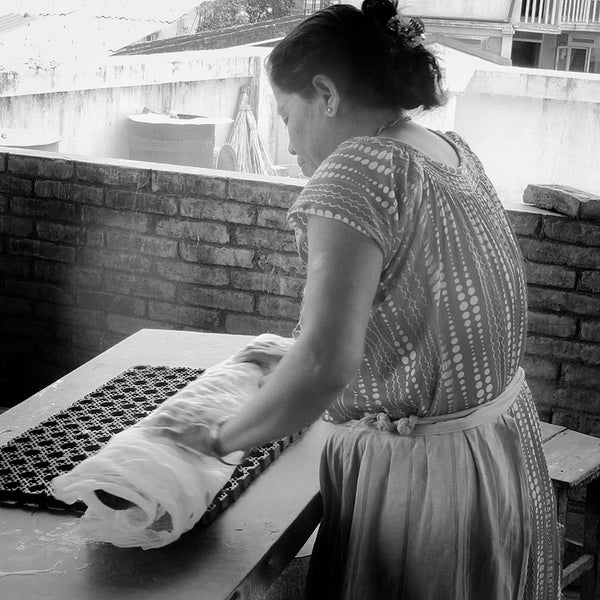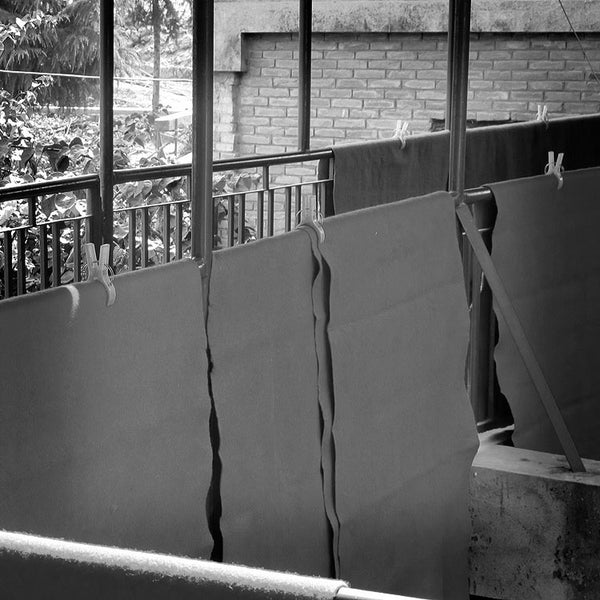I was so excited to find MULXIPLY in my continual search for gorgeous ethically made products to add to our collections.
They work with the Associated Craft Producers of Nepal which, according to their website, was
Founded in 1984 with 38 producers, five full time staff members and three skill categories, ACP has grown to around 1000 artisans (90% female), 60 full time staff members, 20 skill categories.
MULXIPLY co-founders Tanja Cesh & Annalisa Oswald discovered during their visit to the ACP that "each artisan in addition to a fair wage, is set up with a interest bearing retirement fund, a monthly stipend for employees who keep their children in school for four consecutive years, a medical allowance, and a Producer’s Alliance which protects and encourages knowledge of employee rights."
The mission of MULXIPLY is to work with organizations who provide sustainable, fair trade, creative work to women in developing nations. And they're certainly doing that well!
I've noticed a trend that when I find a gorgeous felt handbag, it turns out it was made in Nepal. The ladies at MULXIPLY explain the reason and process of felt like this:
Start with wool: sheep, yak, alpaca.
Raw wool is first dyed to create uniform color consistency. While many colors can be created, it is the actual felting process that “makes” the color. For instance, we wanted a dark heather grey, so three different color wools were mixed in the felting process to create our custom grey. The wool is boiled with the dye in giant vats. Because it is so fibrous, it takes to the dye quickly. Once it reaches the desired saturation, it is removed, rinsed and placed in the sun to dry.
The wool is then aerated to separate and straighten the fibers so that when it is felted it binds together better. Once it is separated, it is then carded to get out any dirt or obvious flaws. At ACP they have a machine that helps with this since they are often making a lot of felt in one color for one product.
Once that is complete, the felting begins. Felting occurs when water and soap is mixed with the wool, then agitated so the fibers are compressed and bound to one another. In the image below, an artisan has completed that process and is tightly rolling the felt to flatten it in to one large surface.
Then, it will be rinsed to remove excess soap and hung out to dry in the sun, where it will harden in to a smooth yet pliable textile.
I'm always amazed at the amount of work that goes into simply creating the textile, not to mention the what assembling it to a finished product entails! Amazed that the fabric above can be transformed into
this lovely clutch we just added to our shop:
Stunning, am I right? Way to go ladies of Nepal!





